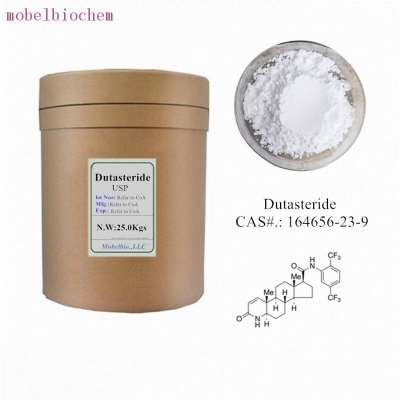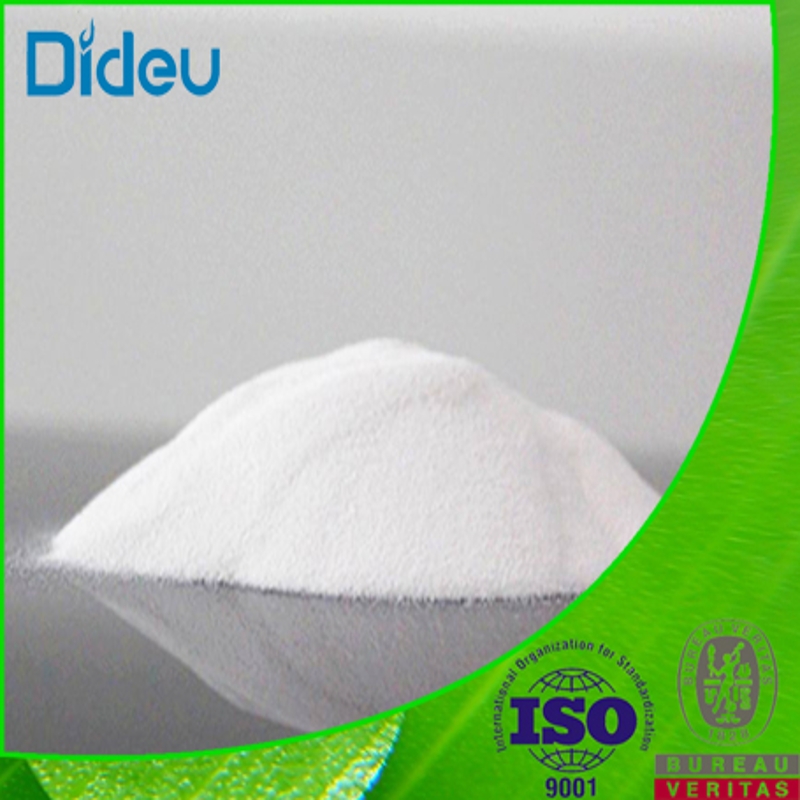-
Categories
-
Pharmaceutical Intermediates
-
Active Pharmaceutical Ingredients
-
Food Additives
- Industrial Coatings
- Agrochemicals
- Dyes and Pigments
- Surfactant
- Flavors and Fragrances
- Chemical Reagents
- Catalyst and Auxiliary
- Natural Products
- Inorganic Chemistry
-
Organic Chemistry
-
Biochemical Engineering
- Analytical Chemistry
-
Cosmetic Ingredient
- Water Treatment Chemical
-
Pharmaceutical Intermediates
Promotion
ECHEMI Mall
Wholesale
Weekly Price
Exhibition
News
-
Trade Service
With the introduction and clinical application of the new sugar-lowering drug GLP-1 receptor agonists and SGLT2 inhibitors, the cardiovascular benefits of these drugs to diabetics have been demonstrated in large-scale studies and in the real worldA 2015 systematic review and meta found a link between the twoOn this basis, the data will be updated to analyze clinical trials for 2013-2019, the results of which were published in The Lancet- Diabetes and Endocrinologytaking into account that a number of large trials of the cardiovascular outcome of the drug have been completed in recent years, the study retrieved large-scale (1,000 adults) published between November 15, 2013 and November 20, 2019, and followed up for at least 12 months, excluding randomized controlled trials of patients with cardiovascular acute eventsThe main findings were MACE (commonly defined as cardiovascular death, myocardial infarction or stroke syndrome) and heart failureThe result was 30 trials, including data on 225,305,000 subjects with type 2 diabetes or who were already at high risk of type 2 diabetesWe calculated the collection risk ratio (RRs) and 95% CIs using the anti-variance random random effect model (inverse-random-effects models) and the therapeutic effect with meta regression analysisThe average age of the participants was 63.0 to 8.4 years, and the average duration of diabetes was 9.4 to 6.6 yearsAfter an average follow-up of 3.8 to 1.8 years, 23,016 (10.2%) of the subjects had MACE and 8,169 (3.6%) had heart failureCompared to standard care or placebo, sugar-lowering drugs or strategies reduce the risk of MACE (RRR 0.92, 95% CI 0.89-0.95, p 0-0001) with no overall effect on the risk of heart failure (0.98, 0.90-1.08, p-0.71)However, the effects of different classes of drugs or sugar reduction strategies on heart failure risk are not consistent, the size and orientation of heart failure vary (pinteraction0.0001), meta regression shows that every 1kg weight loss is associated with a relative decrease of 5.9% (3.9-8.0) in the risk of heart failure (p.0001)Drugs or strategies that also contribute to weight loss in sugar reduction - enhanced lifestyle interventions, GLP-1 receptor agonists, and SGLT2 inhibitors - have shown clear advantagesPatients receiving these treatments had significantly lower risk of MACE and heart failure, regardless of whether they had cardiovascular disease at the beginningof the study: baseline shaded with cardiovascular disease, MACE risk was reduced by 13% (0.87, 0.83-0.92) (p interaction .33), and the risk of heart failure was reduced by 20% (0.80,0.73-0.89 ) (
no cardiovascular disease, MACE risk decreased by 8% (0.92, 0.83-1.02), and heart failure risk decreased by 16% (0.84, 0.74-0.95) based on these data, the team concluded that sugar-lowering drugs or strategies generally reduced the risk of fatal and non-fatal atherosclerosis events The effects on heart failure were generally neutral, but the effects of different intervention types varied widely, and the interventions related to weight loss showed beneficial results The benefits of weight loss-related interventions on cardiovascular and heart failure have not yet been seen in patients withnosis







